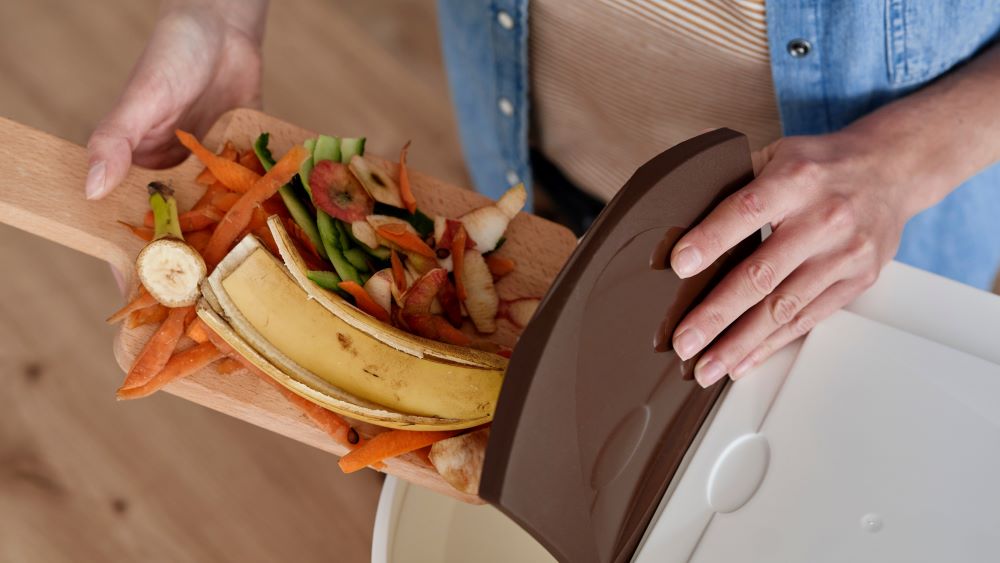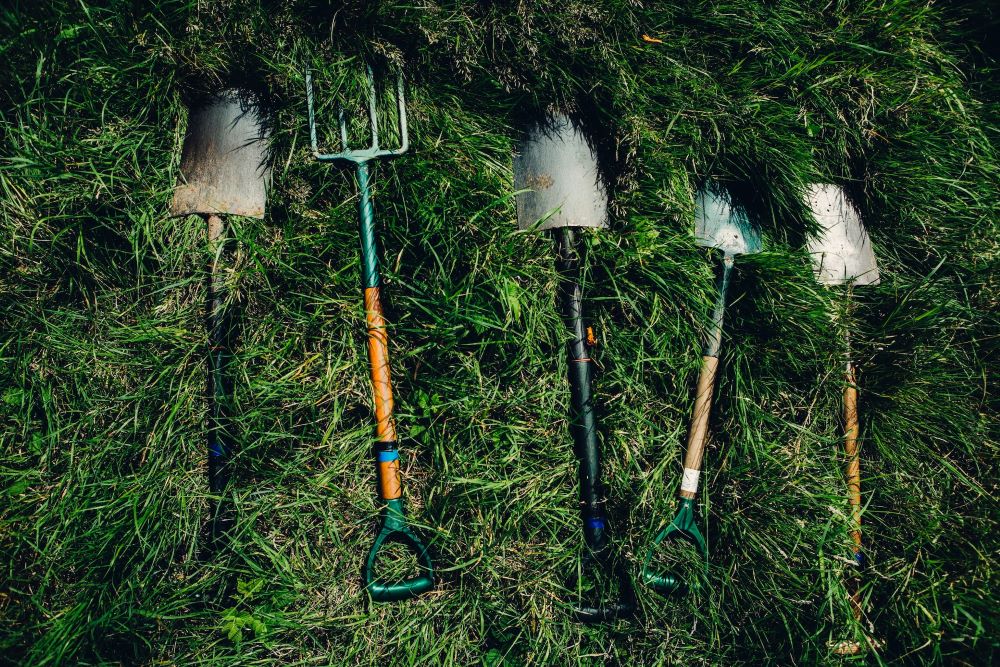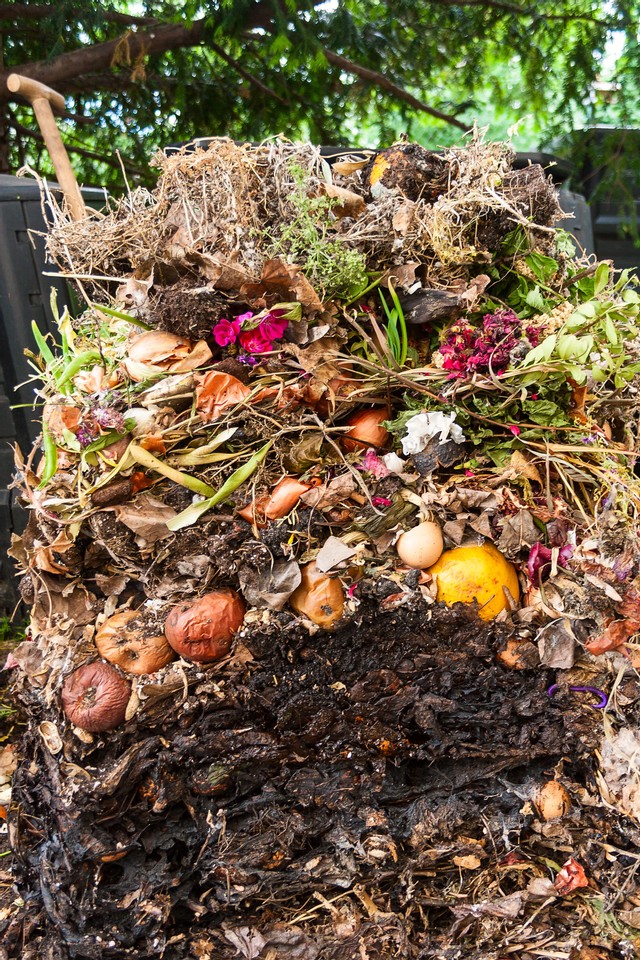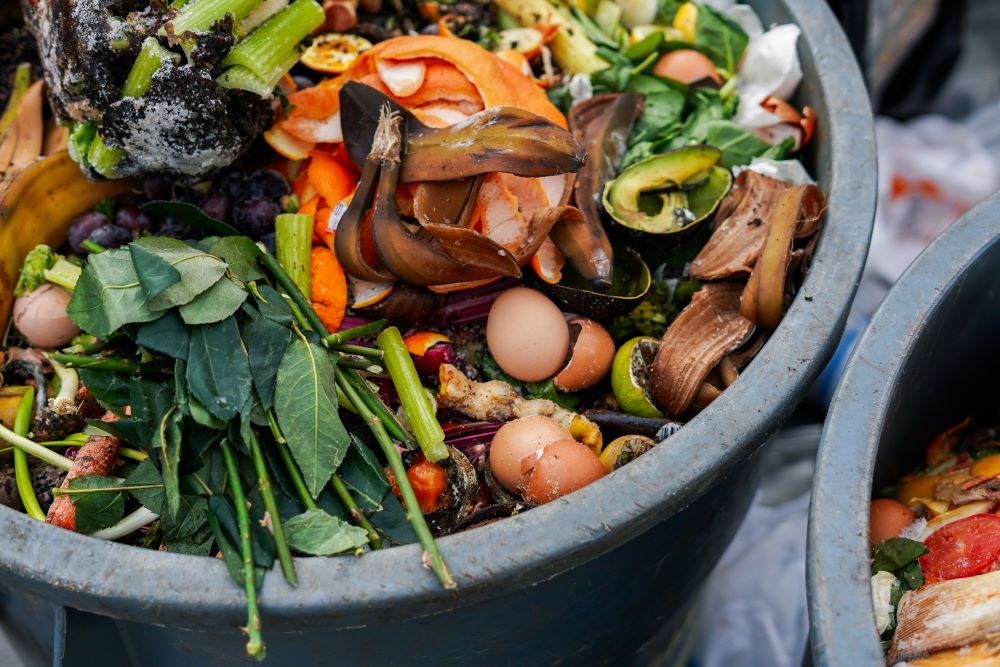Recent Posts
How to Compost at Home
Posted on

In 2018, about 146.1 million tons of municipal solid waste was sent to landfill. Food accounted for 24% of that waste!
The good news is that much of the organic waste we produce in our homes can be composted instead. Composting not only reduces the amount of waste going to landfills, but produces a product that is good for the soil and the planet.
Organic waste sent to landfill releases methane as it decomposes. Methane is a greenhouse gas that is at least 28 times more potent than carbon dioxide. By composting our organic material instead of sending it to landfills, we can reduce dangerous emissions and create compost to enrich the soil.

How Do I Start Composting at Home?
You can start composting at any time of year! While you can purchase a composting bin, if you have some extra space in your yard then you don’t have to.
There are several different methods for composting. In a backyard you'll want to choose between open pile, or closed bin composting:
Open Pile Composting is best for those who have more space and can ensure their compost pile is in an out-of-the-way location. An open pile may require more maintenance, but the material will break down sooner.
Closed Bin Composting is best for those who have smaller properties, or anticipate problems with pets and/or pests. There are several different options for composting bins: Enclosed bins, tumblers, rolling bins, and worm bins (vermicomposting).
How to Compost
Organic material, along with moisture and oxygen, provides the conditions that allow microorganisms to thrive and break down organic matter. The conditions of your compost bin need to be balanced for efficient decomposition.

You Will Need:
- Browns (provides carbon). Carbon sources for your compost include: dead leaves, branches and twigs, paper coffee filters, compostable packaging, shredded paper, and cardboard.
- Greens (provides nitrogen). Good nitrogen sources for compost include: grass clippings, fruit and vegetable scraps, tea leaves, and coffee grounds.
- Water. Compost needs the right amount of moisture. If it is too dry the organic materials will not break down, too wet and it will begin to grow bad bacteria and may smell bad.
- Oxygen. Microorganisms in your compost use oxygen as they break down organic material.
Instructions:
- Choose a dry, shady spot close to a water source.
- Add your brown and green materials in alternate layers. You want to aim for a ratio of 3 parts browns to 1 part greens!
- Keep your compost moist (Be careful to not let it get too wet!)
- Introduce plenty of oxygen by regularly turning your compost. Some compost bins have a system built in to allow you to do this easily. If you’re using an open pile you can use a gardening fork to turn your compost.
- Repeat steps 2 - 4! Your compost is ready when it is dark brown.
Your finished compost will be ready somewhere between two months to a year. The amount of time it takes will depend on your climate, what goes into your compost, and how often you turn it.
Now, let’s find out what to do with that compost you've created!

No backyard? No problem! If you don’t have an outdoor space to use for composting there are other options:
- Compost Collection: Sign up for compost collection in your area! Compost Now have a great map on their website so you can search for composters by state. The Elevate office in Chicago uses WasteNot Compost!
- Check with Neighbors: Some of your neighbors might like to use your kitchen scraps for their own compost! Or you could find out if a local community garden has a compost bin that you could use.
- Indoor Composting: Did you know that you can also compost indoors? Check out our indoor composting tips!
Composting is the best way to reduce the amount of waste sent to landfill. It can affect your purchasing decisions even before you produce any waste! Once you begin asking: can I put this in my compost? you’ll most likely find yourself making better choices for the environment.
Composting naturally recycles organic material into a product that enriches the soil and helps reduce climate change. Compost enables soil to support flourishing plants, trees, and crops.
*Posted Apr 2020, updated Oct 2022
 Loading... Please wait...
Loading... Please wait...


